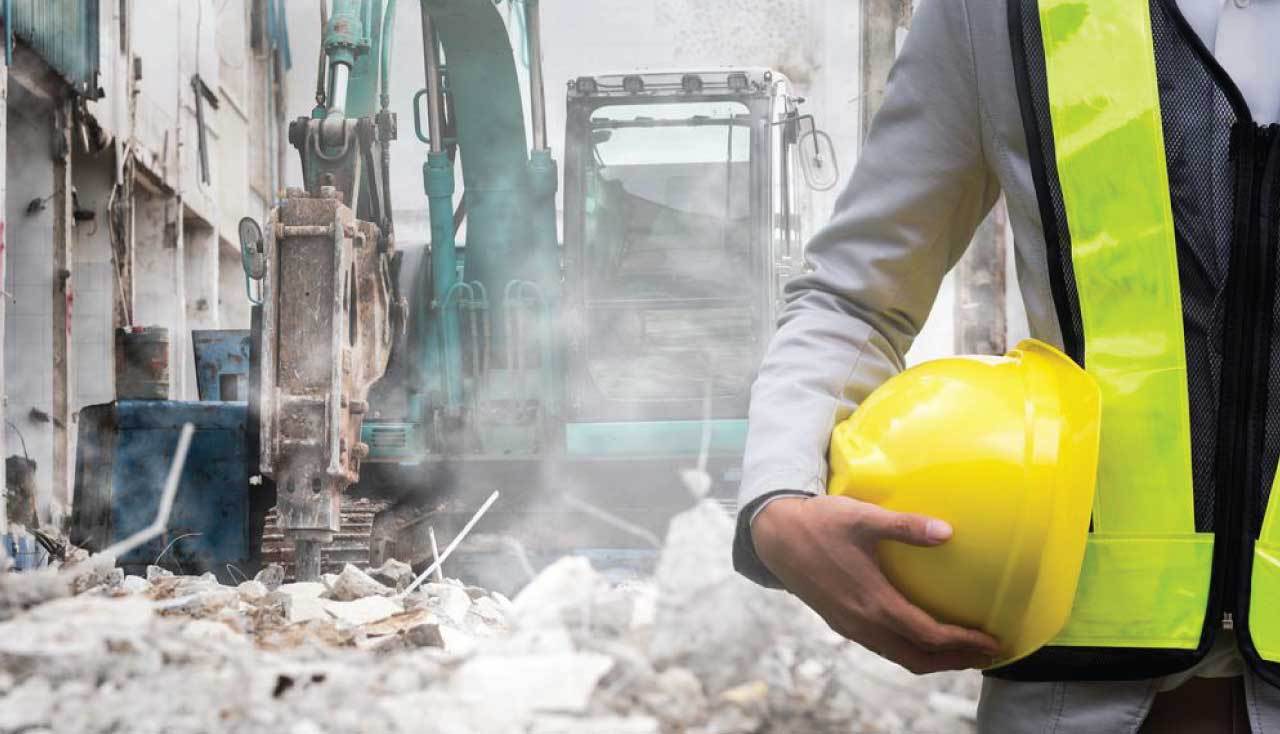Last updated on June 23rd, 2019 at 04:55 pm
Safety Trends in Construction
In recent years there is a trend for builders and contractors to pay more attention to safety-related matters than ever before.
It is a fact that companies embracing safety perform better and have a higher retention percentage in their workforce. The future of construction is shifting towards augmented reality, 3D models, BIM and other technologies that could change the way a safety officer interacts at the workplace.
All the technology used in construction is helping safety officers detect and be aware of potential hazard earlier during the planning process thus creating mitigation and response plans that reduce the likelihood of accidents.
Some companies are using drones or UAV to conduct safety audits and inspections instantaneously, allowing the safety officer to be “next” to the individual performing the task.
Site Safety Inspection
The safety officer is in charge of inspecting site conditions to determine if hazards are present and to establish procedures and policies to overcome those hazardous situations.
The safety officer looks for broken equipment, defective tools, and other potential hazards, focusing on worker safety. The safety officer determines what type of personal protective equipment (PPE) is needed and makes sure that workers know how to operate and use tools and equipment.
Accident Investigation
The safety officer’s main responsibility is to diminish or eliminate work-related accidents. However, if an accident occurs, the safety officer will conduct a safety investigation to determine root causes, what procedures may have gone wrong, and to gather the evidence necessary to identify the cause of the accident.
Based on investigation results, the safety officer will document findings and recommendations that should be followed to prevent the accident from happening again. Some of the most common incidents avoided at the workplace by safety offices are related to:
- Usage of faulty equipment and electrical cord extensions
- Reduction of fatality during trenching and excavating
- Reduction of accidents and increase protection of workers when using formwork
- Safety procedures enhance when working on roofs and elevated surfaces
Construction Safety Officer Training
A construction safety officer needs to be proactive, staying a step ahead of the group on safety and environmental hazards. In doing so, the officer trains all employees and identifies special requirements for employees. The safety officer provides training to employees on safety topics required by the Occupational Safety and Health Administration (OSHA). These include fire prevention plans, machine guarding and hazardous materials handling.
Record Keeping
The safety officer is also responsible for reviewing and meeting all state and federal safety standard requirements for record-keeping. The safety officer also submits the OSHA form 300, which is a summary of all injuries that resulted in lost work time, restricted duties or job transfers.
They also ensure that the poster entitled “Job Safety and Health: It’s the Law” and other documents are displayed in readily visible and accessible location in the workplace, as required by OSHA.
Responsibilities Summary
A construction safety officer can be responsible for the following duties:
- Inspects the site to ensure it is a hazard-free environment.
- Conducts toolbox meetings
- Is part of the project safety council and leads all efforts to enhance safety
- The safety officer reviews and approves all subcontractors safety plans
- Verifies that injury logs and reports are completed and submitted to related government agencies
- Verifies that all tools and equipment are adequate and safe for use.
- Promotes safe practices at the job site.
- Enforces safety guidelines.
- Trains and carries out drills and exercises on how to manage emergency situations.
- Conducts investigations of all accidents and near-misses.
- Reports to concerned authorities as requested or mandated by regulations.
- Conducts job hazard analyses.
- Establishes safety standards and policies as needed.
- Performs emergency response drills.
- Watches out for the safety of all workers and works to protect them from entering hazardous situations.
- Responds to employees’ safety concerns.
- Coordinates registration and removal of hazardous waste.
- Serves as the link between state and local agencies and contractors.
- Receives reports from and responds to orders issued by Department of Labor inspectors.
- Arranges for OSHA mandated testing and/or evaluations of the workplace by external
